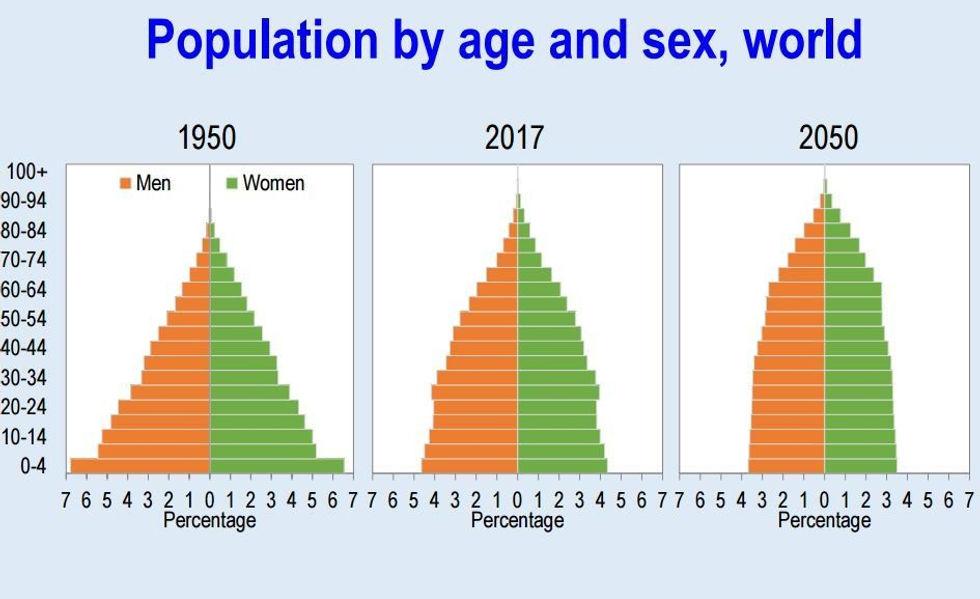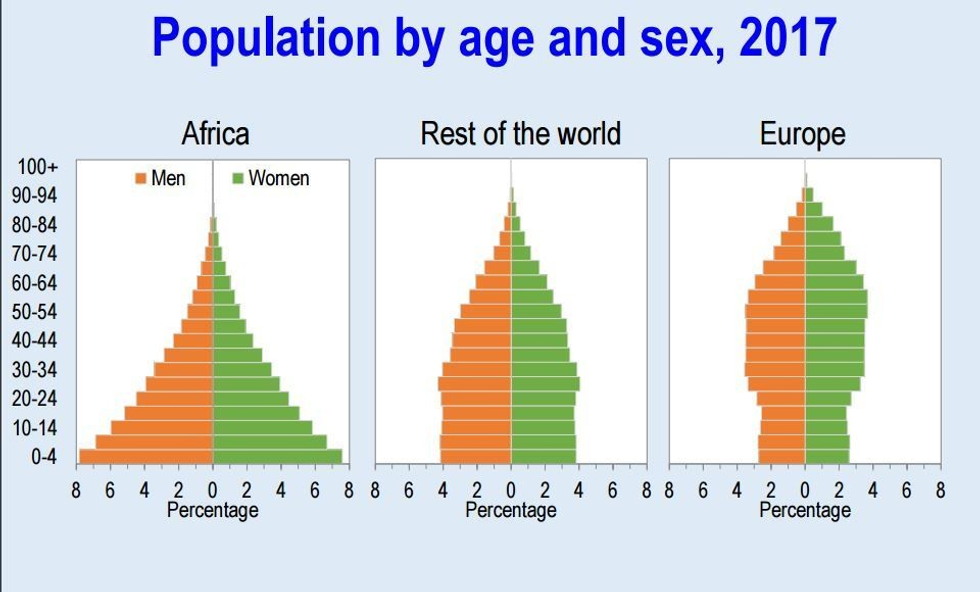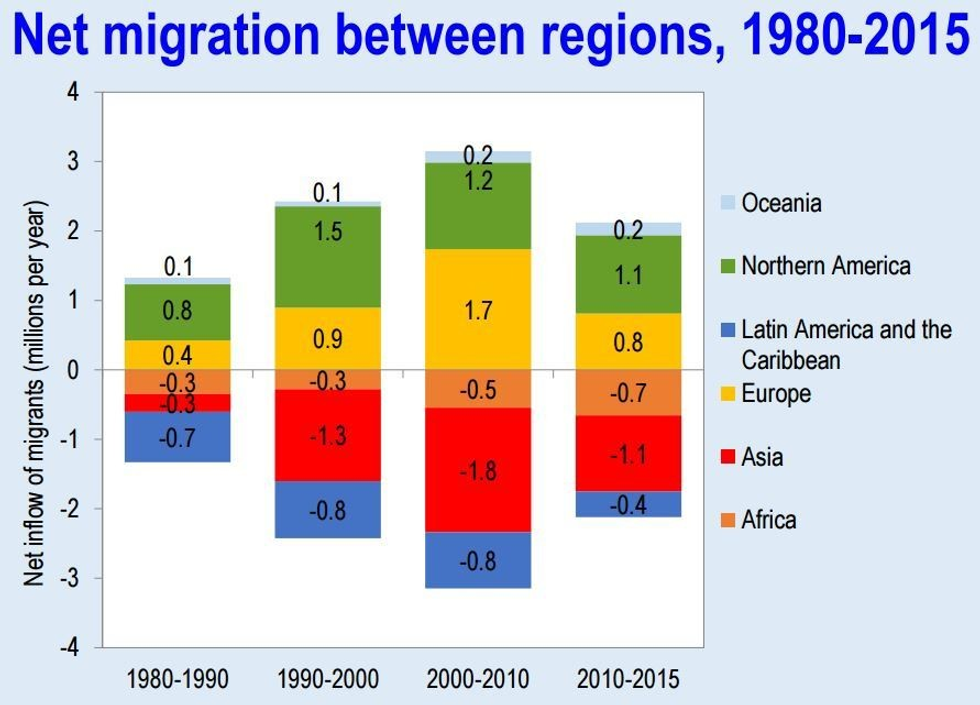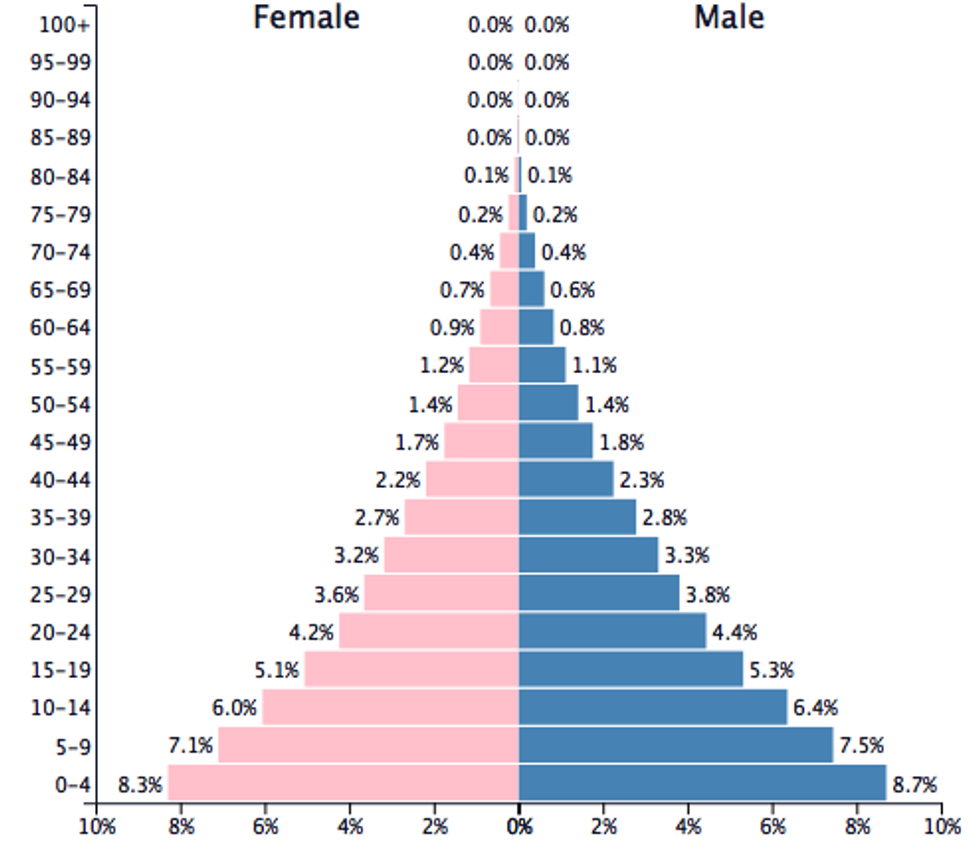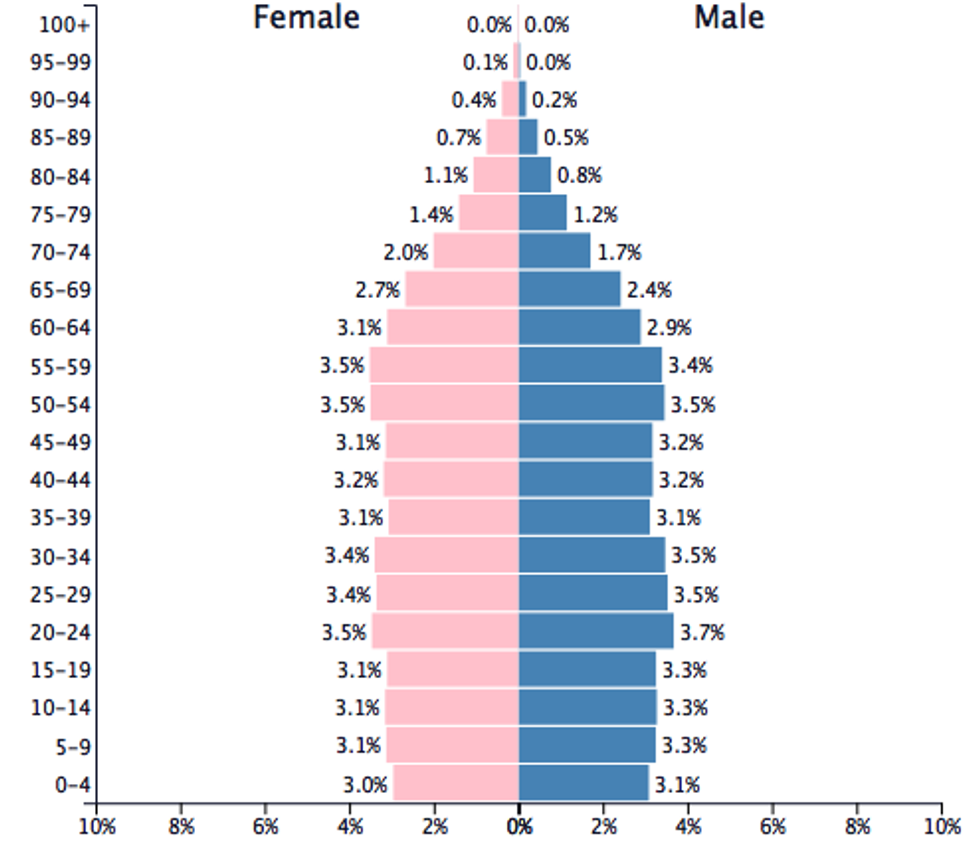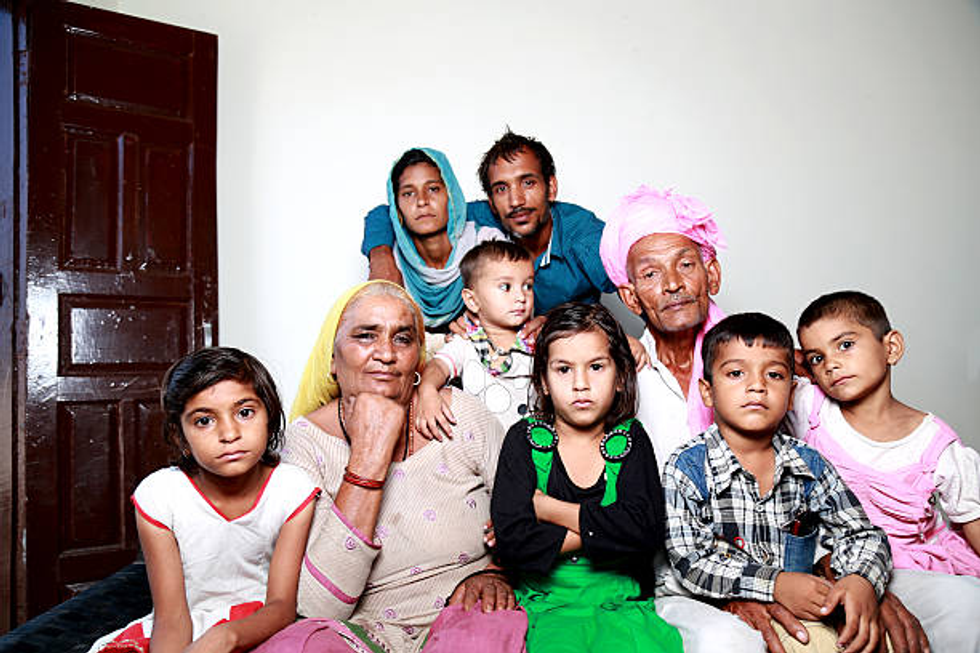Billions of this, billions of that. In today’s society large numbers are thrown around like they’re as easy as comprehending the English alphabet. Truth is people associate billions around the same class as millions. Both are viewed as impossibly large which deceives us into thinking they are similar in size.
To put into concept, let's say a banker is given the task of counting $1 million at a rate of a dollar a second for eight hours a day, seven days a week. Without calculating could you guess how many days it would take to complete the task? My guess was 50 days, but it would actually take 35 days to accomplish that task.
Now what would your guess be at the same rate if the task was to count $1 billion? The answer may shock you. Counting a billion dollars would take that banker 95 years to accomplish their task.
At 7.5 billion humans our planet is on a threshold of overpopulation that is creating both economic and environmental stressors within different nations.
This is because we add two people on Earth every second—that’s including with deaths—which equates to about 350,000 people a day. The Treasure Valley in Idaho, where I currently live, has a combined population of 677,000 people. Knowing that it takes less than two days to match this population is truly frightening. Breaking down these numbers helps explain the seriousness of this issue and why it must be talked about.
But how did we get to 7.5 billion people in the first place?
The first billion was reached sometime after 1800. However, by 1930 two billion was reached and just 30 years later three billion -- the next billion took only 15 more years. This can be explained by exponential growth. This is due to a fixed percentage of a number making small increases that eventually turn into large increases with larger numbers.
So even if the growth rate remains steady, population size will continue to increase over each generation.
Of course food, technology, medicine and improved sanitation have also aided our exponential growth. War, disease and starvation were believed to help mitigate the human population, but the green revolution changed the way the world eats and antibiotics put infections and viruses that once plagued humans into the history books.
As medicine and technology improve, so does living longer.
So is our species’ increasing population a problem? Technological advances seem to say that it isn't, but what about extracting an entire resource to improve progress or causing the extinction of a species that greatly provides ecosystem services for humans? Perhaps the true concern with higher human population is its affect on social systems.
Social Systems
Efforts in family planning spaces out the number of children a couple will have. Here in America 70% of US women use contraceptives such as condoms, spermicide, birth control, intrauterine devices and permanent sterilization through ligation or vasectomy. Compare that with these African nations with rates below 20%.
This all begins with empowering women to have equal rights as men. In a “Forbes” conversation with Suzanne Elhers, President of Population Action International (PAI), she says that there are 222 million women in developing countries that lack sufficient contraceptives. The U.S. supports with foreign aid to help combat this, but more so with left-winged presidents than right-winged presidents due to the Global Gag Rule.
The foreign aid money not only goes to contraceptives, but also to education funds. If women are still not on the same pedestal as men when it comes to work and education within the U.S., then they certainly aren't in developing nations either. In countries like Ethiopia, Cambodia, Guatemala and Kenya girls are discouraged at an early age from pursuing an education. This is a concern as two-thirds of the world who cannot read are women.
Education is what expands someone’s dream into becoming anything they want. How many doctors are there who had 10 children before they became a doctor, let alone even one child?
Or from a different perspective, the less money you make and the more children you have may create a family that doesn’t meet the standards of a happy, smaller, wealthier family.
Environmental Impacts
I don’t believe it’s hard to see how large populations impact the environment. More people means increased resource extraction, more space being used and larger quantities of waste. What’s more is the disbursement of populations (density, migration patterns and urbanization), composition (age, sex and income levels) and consumption patterns.
Africa continues to increase in young people as Europe is in decline.
While density may be a good thing if urban sprawl isn’t a factor, it's not a good thing in developing countries due to lack of environmental regulations, leading to more slums rather than safer development.
As for migration patterns, we are currently seeing this with Syrian refugees. Migration will only get worse as more people leave coastal areas due to rising seas and/or other conflicts.
The countries with the most exponential growth are developing nations, and this is due to age. When a majority of the population is young, reproduction rates will continue to grow faster. Just compare the graphs below.
USA
Yet larger family size doesn’t always mean more environmental impact will happen. The wealth of a nation gives more affluence which magnifies environmental impact through greater per capita resource consumption. An average U.S. resident makes about $50 per day, uses 15-20 metric tons of carbon dioxide and uses over 30,000 meters squared of land. In the developing world daily income is $1-2 per resident with each person using less than two metric tons of carbon dioxide and takes up less than a 1,000 meters squared.
This is because a typical family from a wealthy nation such as the U.S. may own a large house with material things such as cars, TV’s, extravagant furniture, nice clothes for any occasion, etc. A family from a developing nation may live in a much smaller home with far fewer material possessions.
Average U.S. family is four.
Average Indian family is seven.
So what should we do? China, the world’s most populated country, has now gone from their one-child policy to two-child policy. This is due to their population becoming much older and not having enough young people to fill in their expanding economy. As some would criticize China’s governmental interference with people’s reproductive choices there is no mistake that it has worked. The one-child policy went into effect in 1979 and Chinese woman went from having 5.8 children in the 60’s to now 1.5 children.
But let’s just be honest and say no to this method elsewhere.
So what about us? We as Americans don’t have to worry too much. We’re educated and women have the freedom to do as they please. Perhaps we could let more people into our country so they have an opportunity to live a better life. Or if that doesn’t seem to fit into your agenda what about foreign aid to countries that need help? If we don’t want more people in America to enhance our already great consumption problem then we could help guide others by making simple life choices. After all, as the world’s superpower, shouldn’t we be a role model for others to follow?
In the end your personal opinion or choice in helping out may not be too significant. The good news is the rate of growth has decreased in most countries and some countries are even in decline. Progress for women's rights abroad are a long way away from where they should be, but at least progress is still being made.
The fact remains, though, that the human population cannot rise the way it currently is. Social issues will only get worse, environmental problems will cause even more problems for humans and conflict caused by overcrowding and competition for scarce resources is fretful to imagine. If we want our children and grandchildren to live great lives like ourselves we should start considering our own life choices, it’s only fair.


